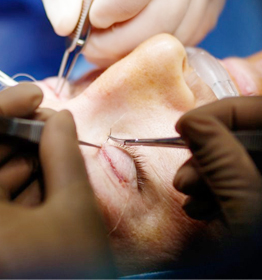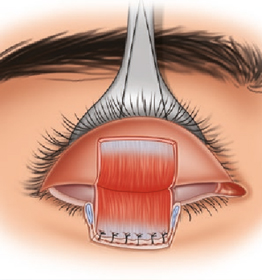Oculoplasty is reconstructive and cosmetic eye-plastic surgery to correct eye problems like Tumours, a watering eye, a disfigured eye, or a pure cosmetic enhancement.
Oculoplasty deals with all the structures surrounding the eyeball to preserve eye sight and also improve the normal facial appearance.
Some of these cases require co-management of ENT, Plastic, Neurosurgeons etc.
Eye and facial plastic surgery can change your life by enhancing your features, restoring normalcy, rejuvenating your appearance, and most importantly, boosting your self-esteem!
Common disorder to look at under Oculoplasty
Although, a thorough eye examination is the best way to determine if you are in need of Oculoplasty surgery, there are certain indicators or symptoms which may warn you to see an ophthalmologist at an early stage.
Treatment depends on how long the lagophthalmos is expected to last. In some cases it will be long-standing or permanent but often the goal is to keep the eye healthy while the condition resolves on its own.
Medical (short-term) treatment is aimed at keeping the eye moist to protect the cornea. This is done via frequent instillation of ointments or drops. Ointments tend to be more effective; however, they may cause blurry vision for a while after they are applied.
Surgical (longer term) treatment is aimed at closing the eyelids to prevent corneal dryness. Several surgical procedures can be used:
Tarsorrhaphy can be temporary or permanent



